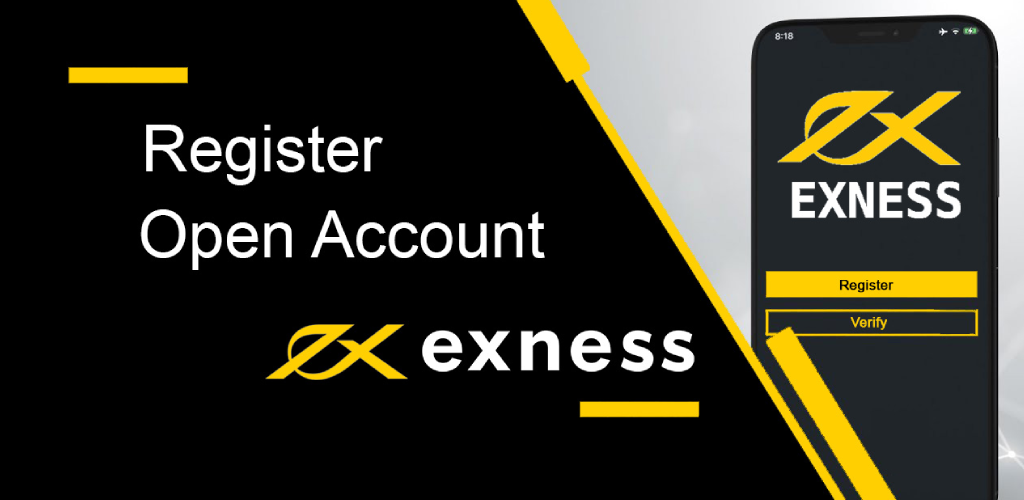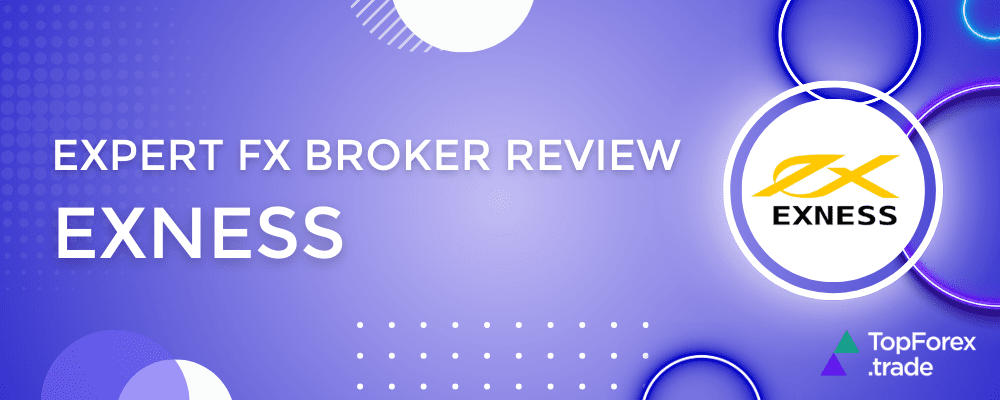
Understanding Exness Trading Volume: Key Insights and Tips
In the fast-paced world of forex trading, understanding the dynamics of exness trading volume Exness FX broker trading volume is crucial for traders looking to enhance their strategies and maximize their profits. Trading volume reflects the total amount of assets being traded over a specific time period, and it can profoundly influence price movements, liquidity, and market behavior. In this article, we will delve into the concept of trading volume, the factors that affect it, and how traders can leverage this information to their advantage.
What is Trading Volume?
Trading volume refers to the total quantity of shares, contracts, or lots that are bought and sold during a given timeframe. In the context of the forex market, trading volume represents the number of currencies traded over a specific period, which can range from minutes to months. High trading volume indicates greater activity in the market, while low trading volume may signal a lack of interest or volatility.
The Importance of Trading Volume in Forex
Understanding trading volume is vital for several reasons:
- Liquidity: High trading volume typically means greater liquidity, allowing traders to buy and sell currencies with minimal price fluctuations. This is crucial for executing large trades without significantly impacting the market price.
- Price Movements: Volume can often precede price changes. A sudden increase in trading volume may indicate an impending price movement, suggesting either a breakout or a reversal in the trend.
- Market Sentiment: Analyzing trading volume alongside price trends can help traders gauge market sentiment. For instance, if prices are rising alongside high volume, it generally indicates bullish sentiment.

Factors Influencing Exness Trading Volume
Several factors can affect the trading volume on the Exness platform:
- Economic Indicators: Major economic announcements, such as interest rate changes or employment reports, can lead to spikes in trading volume as traders react to new information.
- Market Events: Global events, such as geopolitical tensions or natural disasters, can result in increased uncertainty and trading activity, influencing overall trading volume.
- Trading Sessions: Different forex trading sessions (Asian, European, and North American) have varying volumes. The overlap between sessions often results in increased trading activity.
How to Analyze Trading Volume
To effectively analyze trading volume, traders can use various tools and techniques:
- Volume Indicators: Tools like the On-Balance Volume (OBV) and Volume Moving Averages can help traders understand the relationship between volume and price movements.
- Price Action Analysis: Observing price movements in conjunction with trading volume can provide insights into potential trend reversals or continuations.
- News Analysis: Keeping an eye on economic calendars and news releases can help traders anticipate changes in trading volume.

Strategies for Leveraging Trading Volume
Traders can implement various strategies to utilize trading volume in their trading decisions:
- Breakout Trading: Traders often look for increased volume during breakouts from significant price levels, as this can signal stronger momentum and validate the move.
- Volume Divergence: If prices are moving in one direction while volume decreases, it may indicate a weakening trend, prompting traders to consider exit strategies or reversals.
- Scalping: High volume can produce rapid price changes, making it a suitable condition for scalping strategies, where traders aim to profit from small price variations.
Common Mistakes to Avoid
In the pursuit of incorporating trading volume into strategies, traders should be cautious of common pitfalls:
- Ignoring Other Indicators: Relying solely on volume without considering other technical indicators can lead to misleading conclusions.
- Focusing on Low Volume Periods: Trading during times of low volume can result in slippage and increased spreads, leading to less favorable trading conditions.
- Overtrading: High volume can create a false sense of security, prompting traders to overtrade and increase their risk exposure.
Conclusion
In summary, understanding and leveraging Exness trading volume is an essential skill for any forex trader. It provides valuable insights into market dynamics, aiding in strategic decision-making and risk management. By analyzing trading volume alongside price movements and other indicators, traders can enhance their trading performance and navigate the complexities of the forex market more effectively. Continuous learning and adaptation will ensure you make the most of the opportunities presented by trading volume.
